Apple's latest quarterly results tell a story of remarkable resilience, but they also reveal storm clouds gathering on the horizon. While the tech giant managed to exceed financial expectations for the July-September period, there's a massive tariff-shaped challenge looming that could reshape the company's entire cost structure. Reuters previously reported that Apple's expenses were projected to hit $1.1 billion in the past quarter, and here's what really caught my attention: Apple's CFO is projecting an additional $1.4 billion impact from tariffs in the upcoming holiday quarter. One of the biggest trade hits in recent memory, right when Apple usually prints money.
The $1.4 billion tariff reality check
Let me break it down, because the math is blunt. Apple faces a projected $1.4 billion tariff burden during the critical holiday shopping season, and that figure already reflects Chinese tariffs dropping from 20% to 10%. Without that cut, the bill would be uglier.
How is Apple handling it? With margins that carry the weight. Apple expects gross margins between 47% and 48%, a range that directly includes the $1.4 billion tariff burden. Margin compression in peak season, while funding AI work and reorganizing a global supply chain, is a tough juggling act.
The tariff web is messy. Reports reveal that rates of 10% to 25% on Chinese goods now cover many of Apple's key products and components. And even the "Plan B" factories are not immune. Products assembled in places like Vietnam, including AirPods and Apple Watches, also face tariff implications. So diversification helps, but it does not erase the bill.
That leaves a classic trade-off. Protect margins, or protect market share, during the most important quarter of the year.
Supply chain chess moves under pressure
Apple is not nibbling at the problem; it is rewriting the playbook. The company has accelerated efforts to diversify manufacturing, with plans to shift 15% to 20% of production to India and Vietnam by 2026. That is a big swing after two decades tuned to China.
India shows the scale. Apple has increased iPhone assembly in India by 53% year-on-year in the first half of 2025, with output approaching 24 million units. The target line is aggressive too, 60 million iPhones in India by 2025, with most US-bound iPhones intended to be produced there by 2026.
And yet, reality bites. An estimated 65% of iPhones will still rely on China's supply chain by 2026. Structural exposure that lingers for years, not months.
There is friction on the move-out, too. Chinese authorities have created roadblocks for suppliers attempting to move operations outside China. More red tape, more delays, more cost.
Apple is putting real money behind the shift. The company has invested more than $1 billion in Indian manufacturing facilities since 2023. That signals a permanent adaptation, not a patch.
Strategic cost management and pricing pressures
The pricing stance is bold. Apple has largely absorbed tariff costs internally, with Cook confirming no direct price increases were passed to consumers for recent quarters. Great for demand, tough on margins if the tab keeps rising.
Inside the supply chain, the screws are tightening. Apple is pushing suppliers for lower component prices, including sizable cuts on OLED panels from Samsung Display, LG Display, and BOE. Talks with LG Innotek on advanced camera modules are also in motion. Long-standing deals, now reworked under tariff pressure.
Tactics extend to logistics. Apple has transported millions of iPhones from India and China to American warehouses to stockpile devices at pre-tariff prices. Short-term relief is a clear signal that the company expects the squeeze to stick around.
The result is simple to say and hard to sustain. Apple is subsidizing consumers with its own margins.
Market performance amid uncertainty
Even with all of that, the scoreboard looks strong. iPhone sales totaled $49 billion during July-September, up 6% year over year, and earnings reached $27.5 billion, or $1.85 per share, nearly doubling from a year ago.
Investors have noticed. Apple's market value has reached above $4 trillion following the latest iPhone success. Confidence at the top is intact, too. CEO Tim Cook expects iPhone sales to increase at least 10% from last year's holiday season.
Still, nerves show up in the tape. Apple's stock fell 2.6% on tariff concerns, with potential for further volatility as trade tensions escalate. Can Apple keep absorbing blows without passing the cost along? That is the question pricing in.
What this means for Apple's future trajectory
The $1.4 billion holiday hit is not just a line item; it is a forcing function. It speeds up supply chain moves that might have taken years, and it reshapes how Apple competes.
The downstream math is stark. A 25% tariff on iPhones manufactured outside the US could add approximately $110 to the cost of each device, which means price hikes or leaner margins. One buffer stands out, Apple's services division generates $96 billion annually, a cushion while the hardware side digests the shock.
The choices Apple makes now set the tone for the next decade. The company is spending heavily to diversify, renegotiating supplier economics, and tuning operations for a world where tariffs are not a blip but a baseline.
Bottom line, this is Apple's toughest operational test in years, and it lands right on top of the company's most important selling season. I think they will power through; the balance sheet says as much, but the real story is whether the pain of today buys a lasting edge tomorrow.




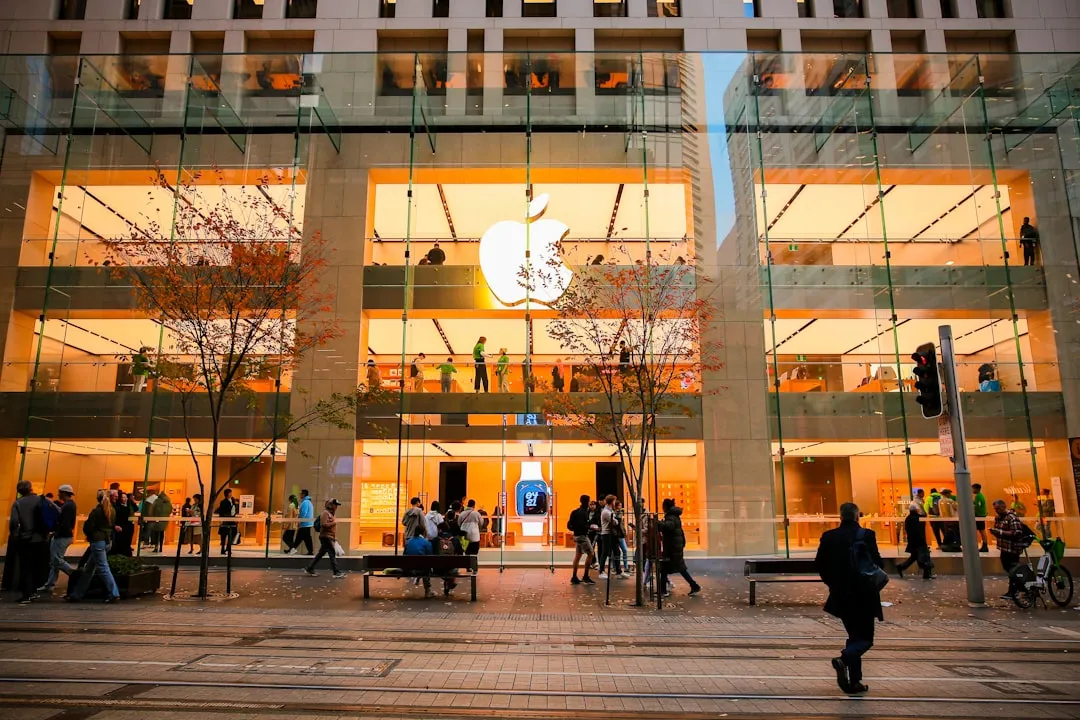

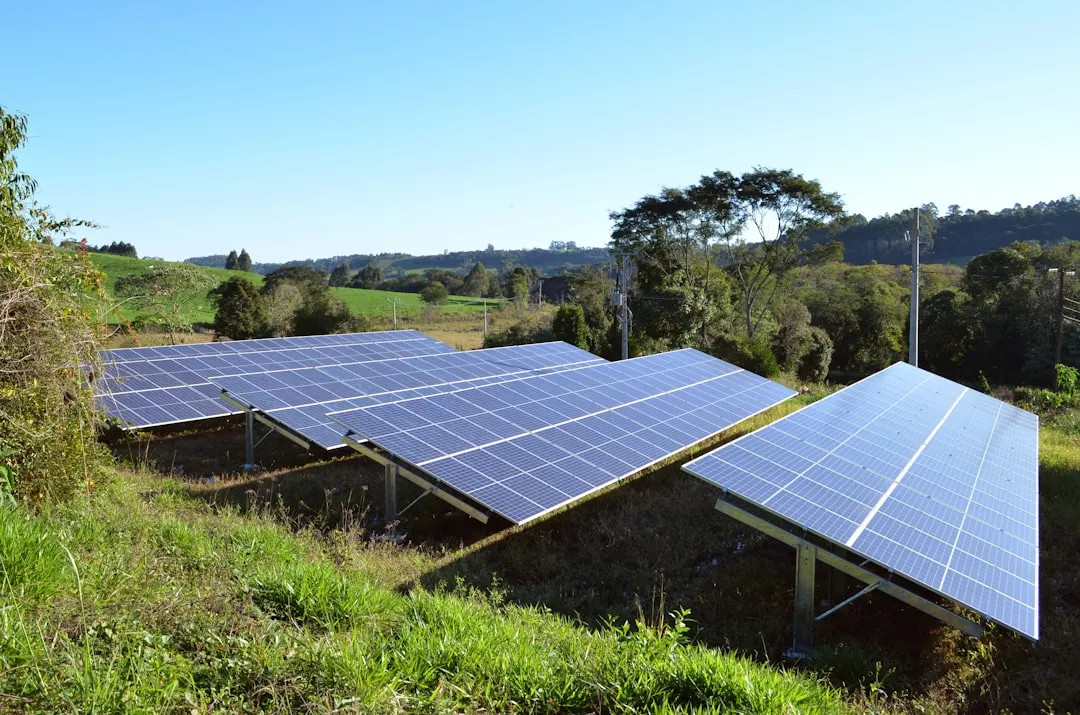


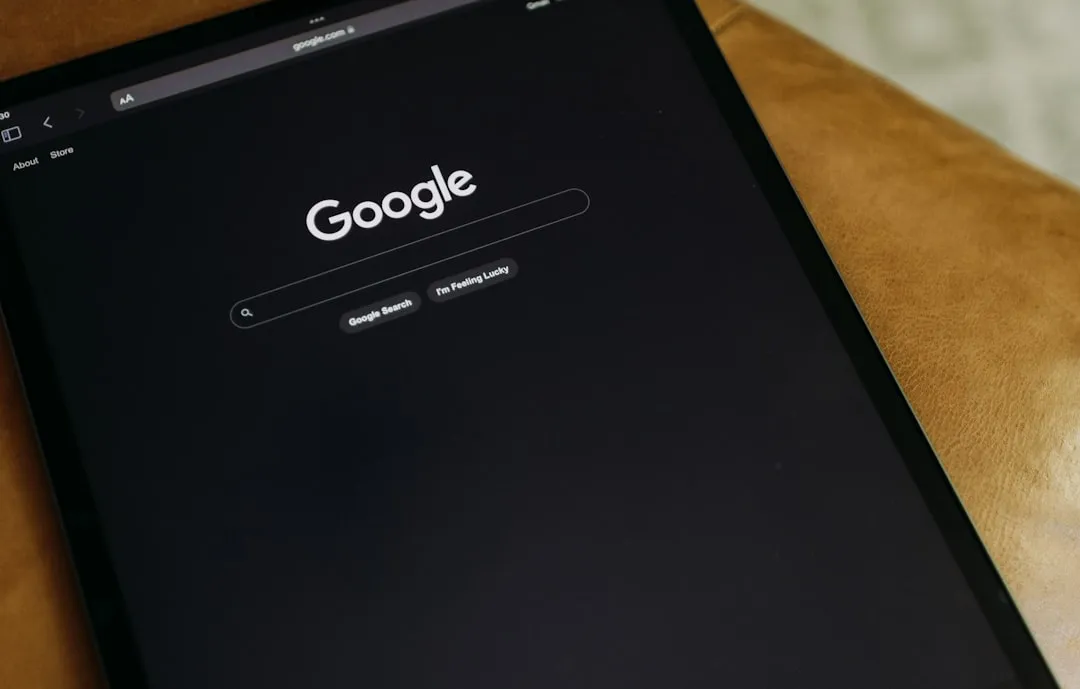
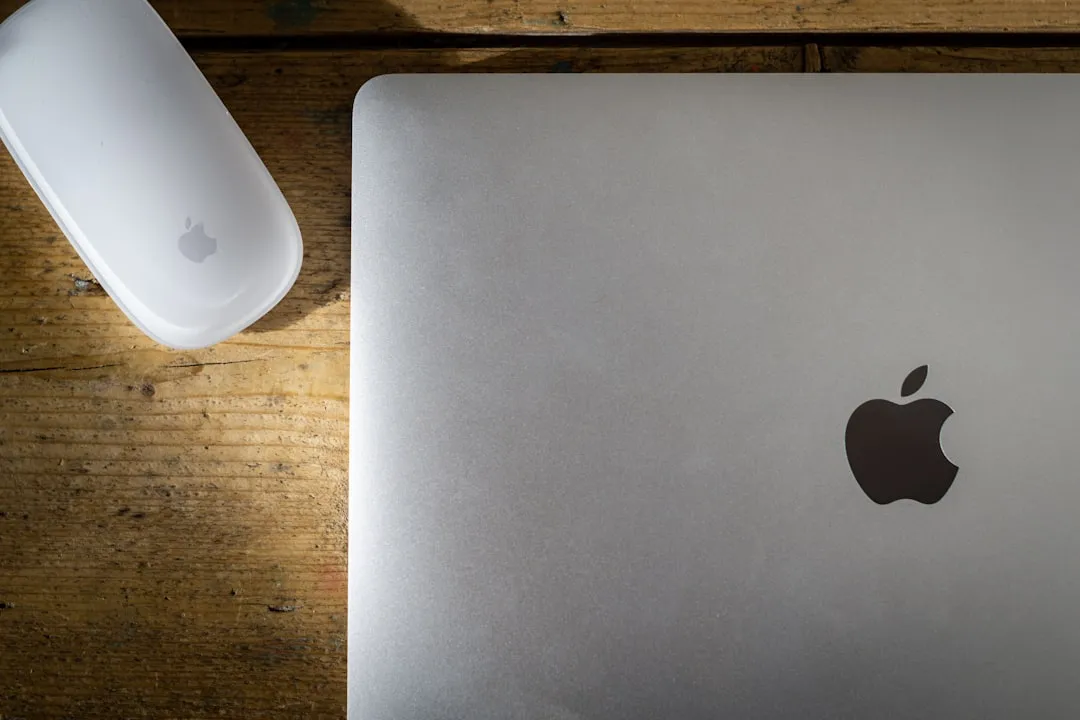

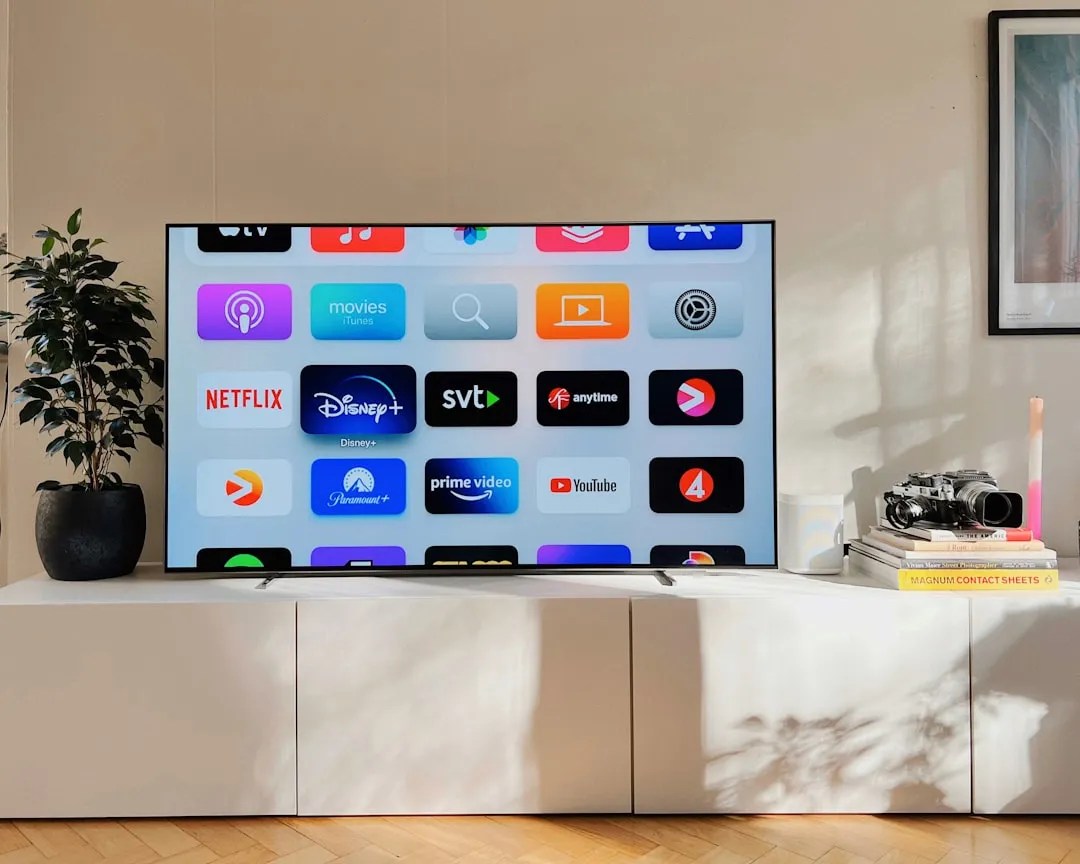

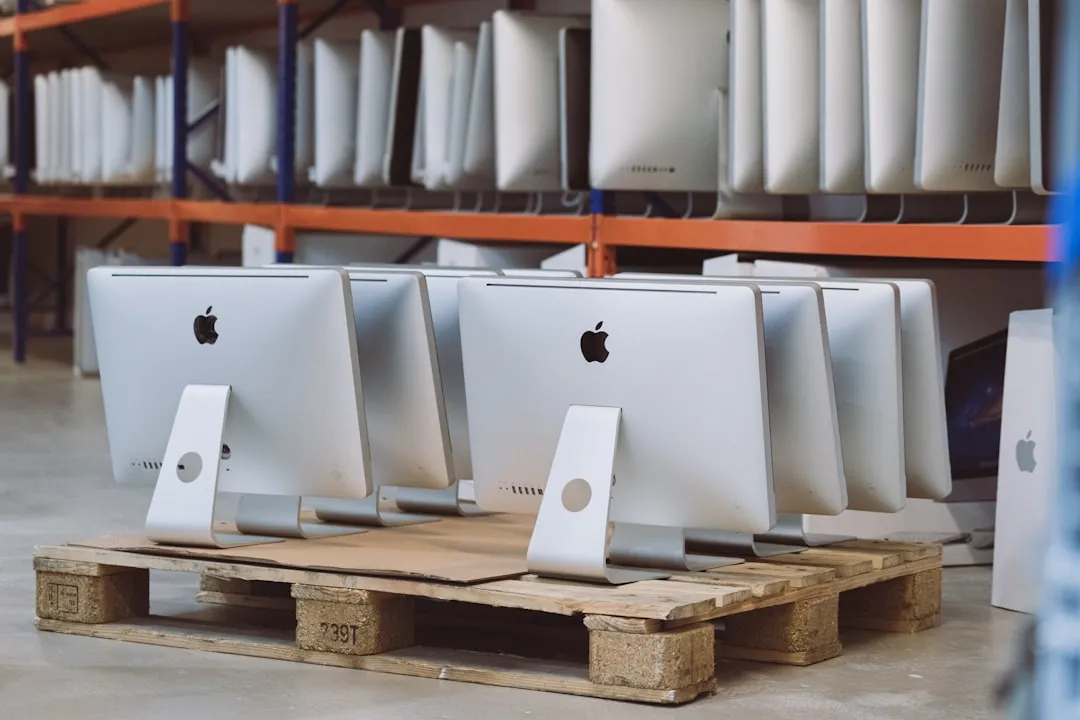
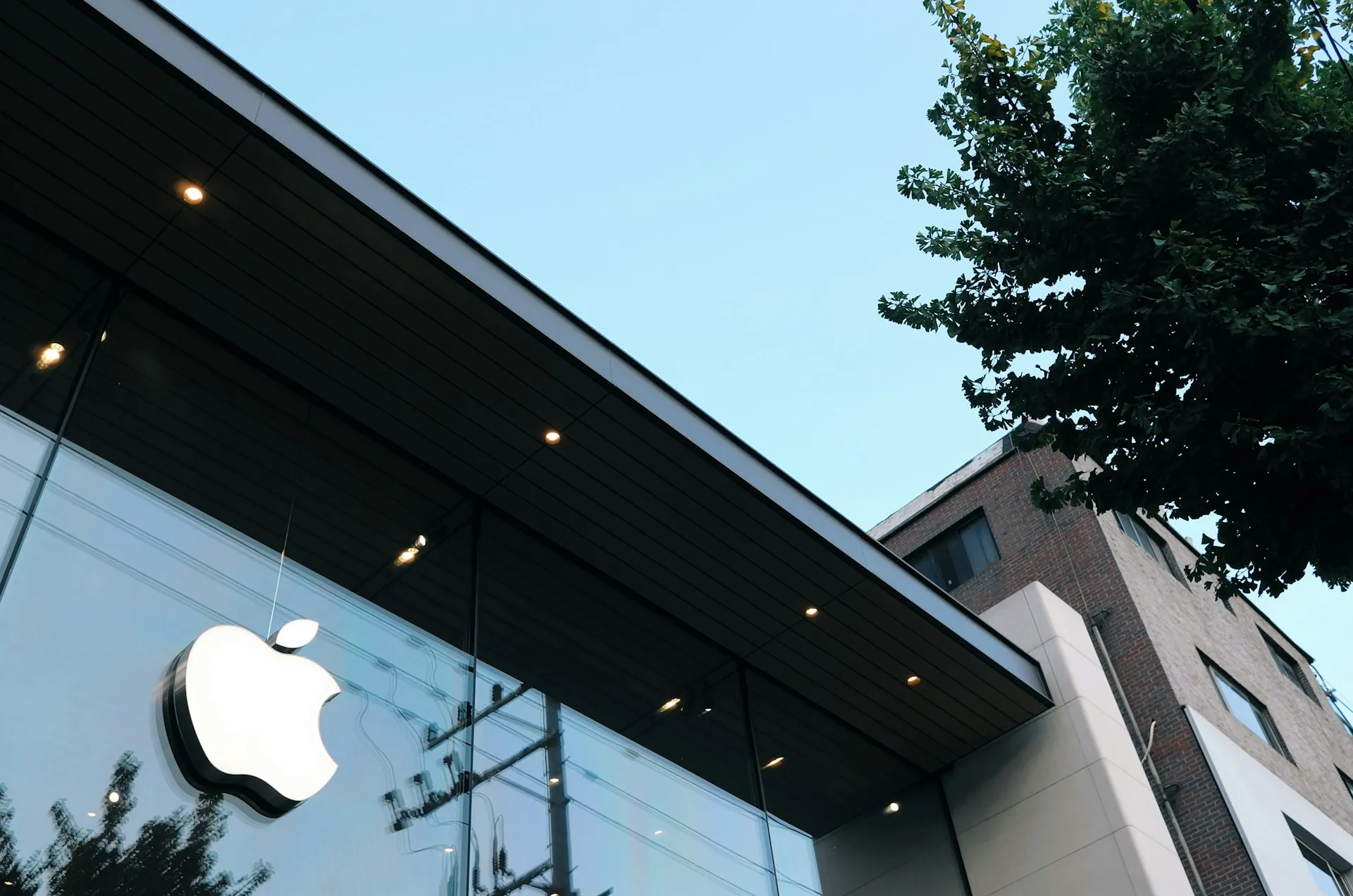

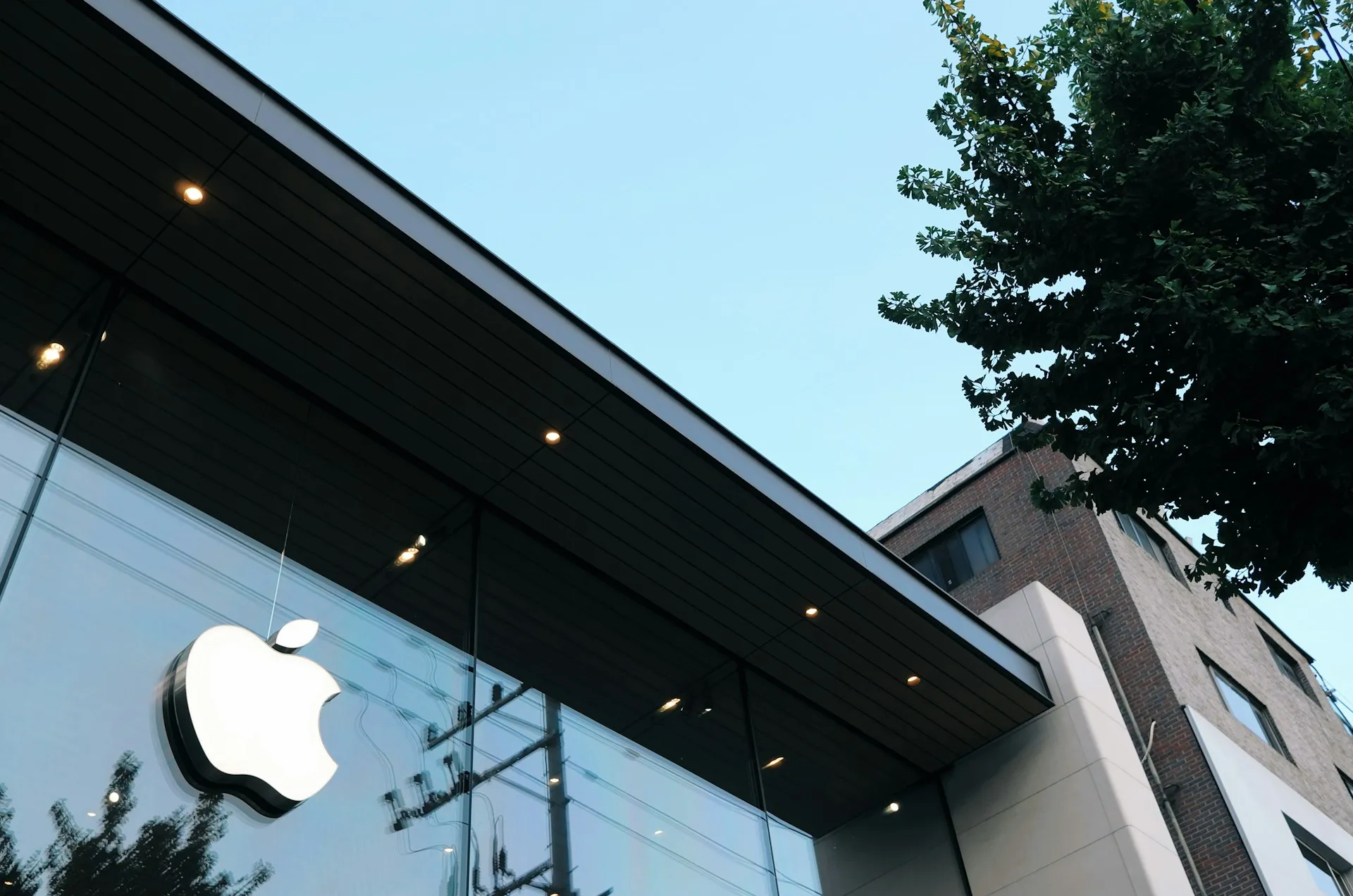
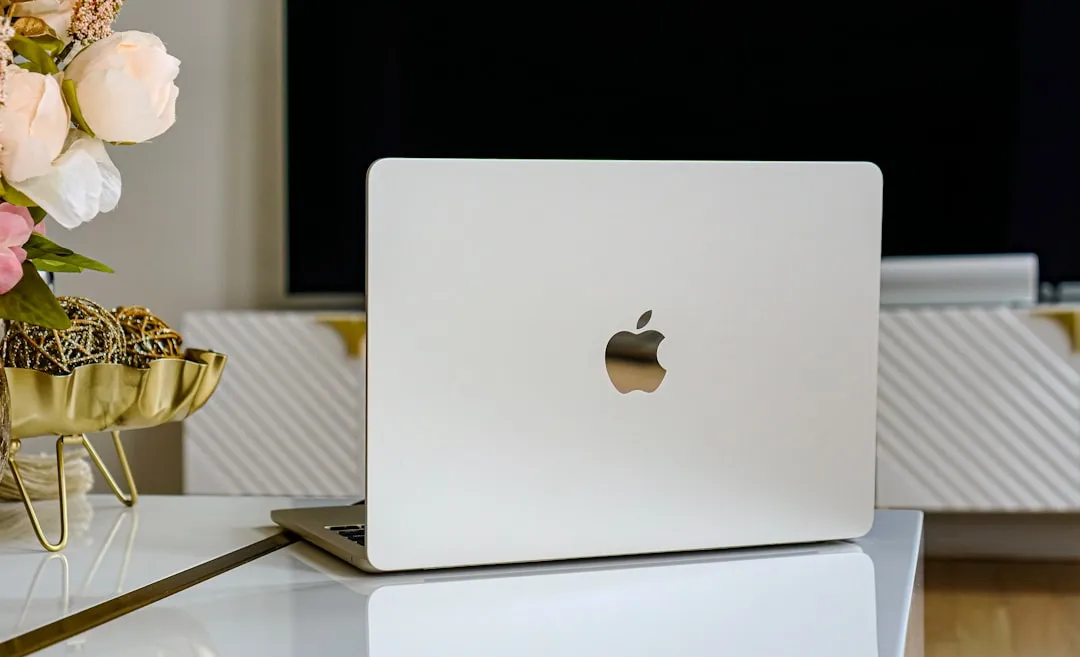
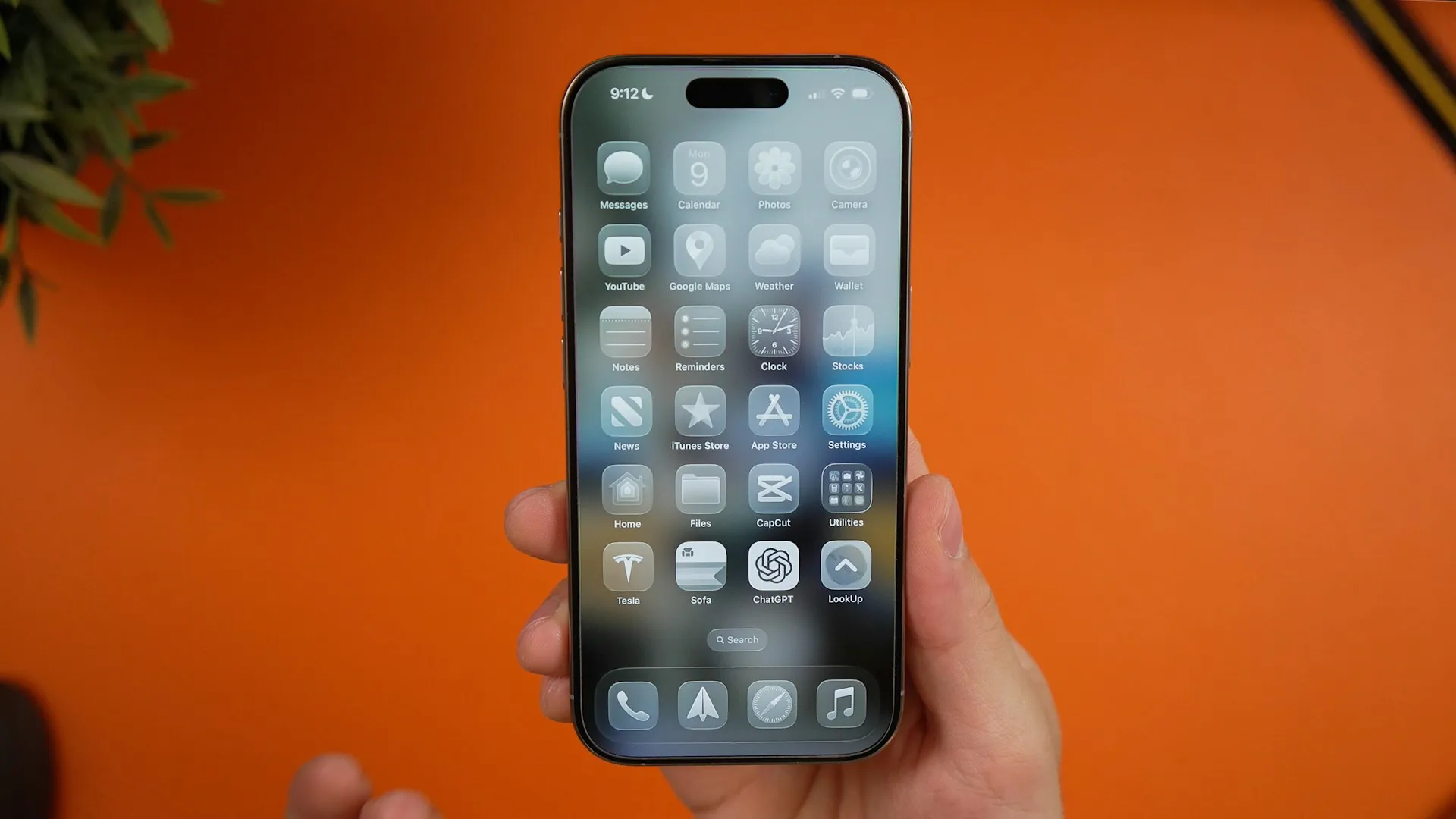


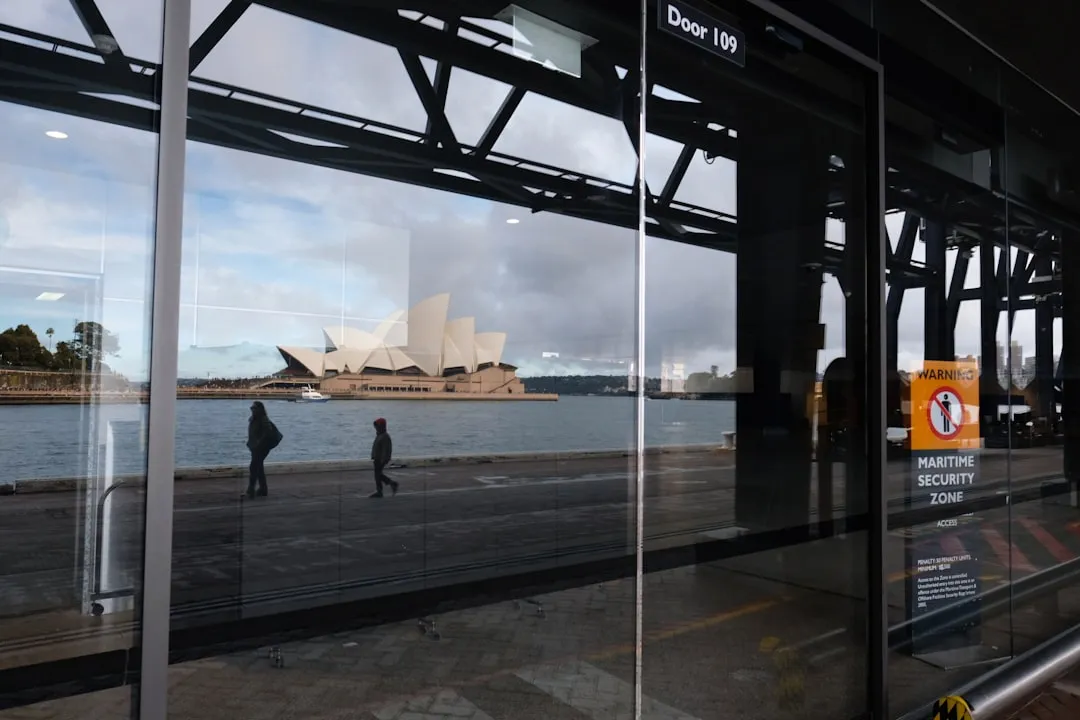
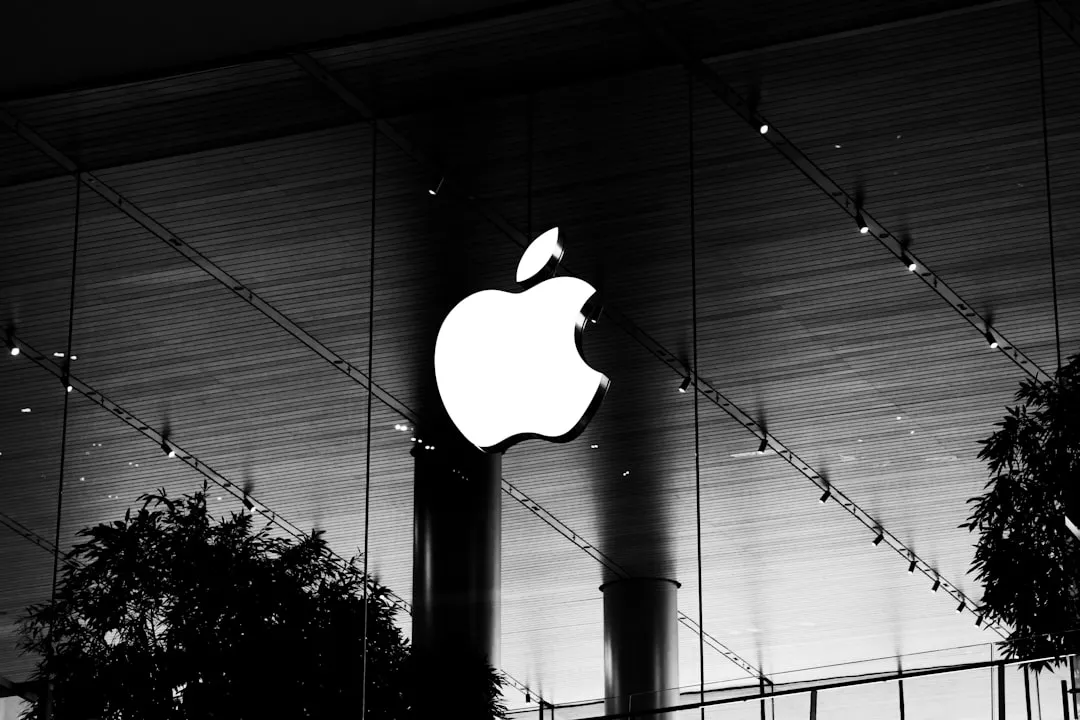
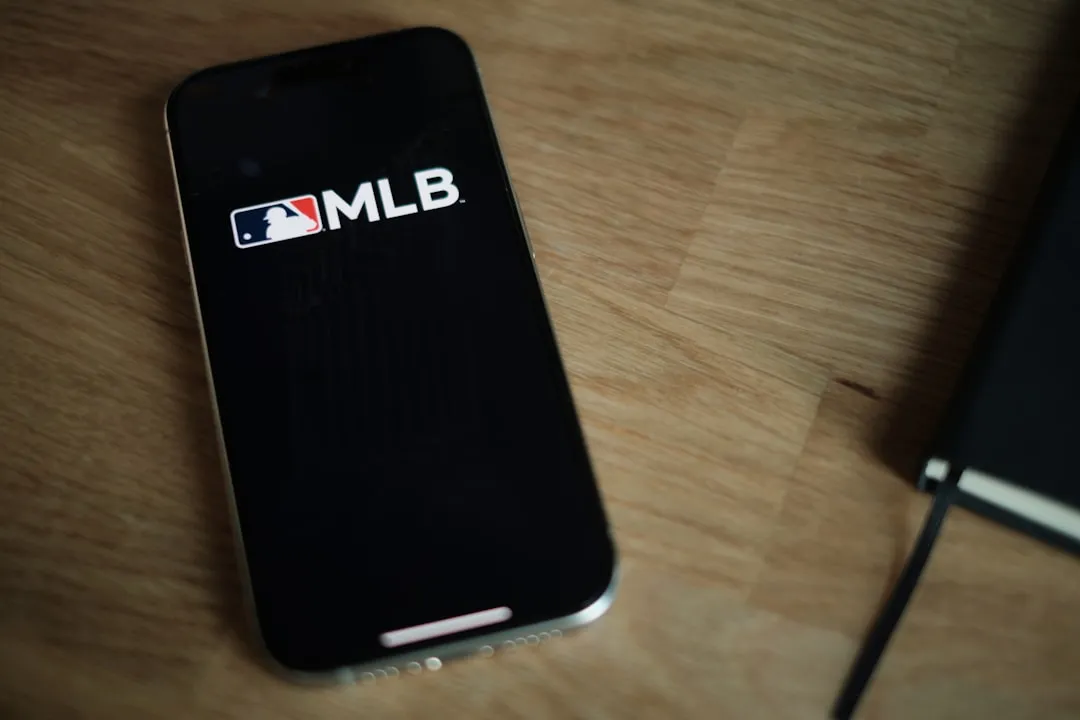
Comments
Be the first, drop a comment!